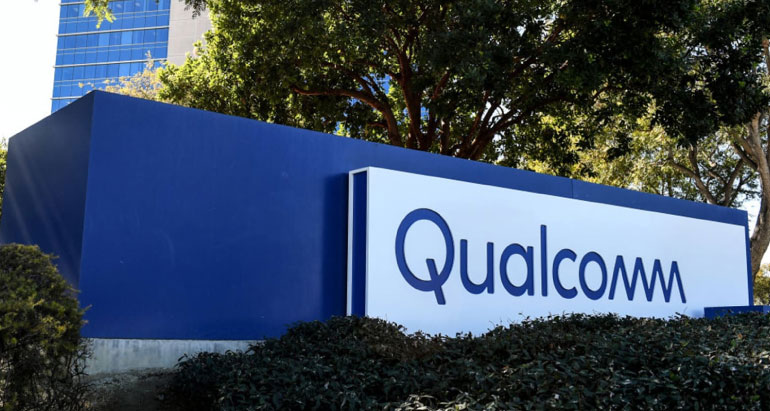With fixed wireless access (FWA) or wireless home broadband becoming the most prominent usecase of 5G, San Diego-based chip company Qualcomm said the company is seeing a huge volume on the chipsets and the price of the same is coming down.
In FWA equipment, chipset plays a key role and constitutes a major portion of cost. Currently, operators Airtel and Jio have commercially rolled out the 5G FWA in parts of the country.
“We certainly think FWA is a huge opportunity for us in the broadband. We have a chip that we announced RedCap chip that has a much lower cost,” Savi Soin, Qualcomm India president told FE in an interaction.
“We are certainly innovating and investing in fixed wireless…We are shipping a pretty sizeable business,” Soin added.
Presently, the telecom operators are providing home broadband services largely by laying fibre, while the FWA is gaining traction. Comparatively, wireless networks such as FWA are much cheaper to operate and maintain than wired networks (FTTH), which are prone to breakage due to digging and construction activities.
Lately, Jio announced that its JioAirFiber’s uptake has accelerated the pace of home connections, with 2.8 million connected homes. Airtel in August said the broadband as a share of its business has inched up marginally to 4% and with FWA it looks to enhance the portfolio.
Currently, Jio is offering the AirFiber service starting at Rs 599 a month with an installation fee of Rs 1,000 which comes pre-bundled with OTT. Airtel’s Xtreme Air Fiber plan starts at Rs 699 a month, without an installation fee, which comes pre-bundled with OTT and TV channels, according to the information available on the companies’ websites.
“Price (of chipset) is already coming down quite significantly. Indian original equipment makers (OEMs) always want lower prices,” Soin said.
He added that since the economies of scale being met in India, and it also influences the prices globally.
On Wednesday, Qualcomm in collaboration with Xiaomi also showcased below Rs 10,000 5G smartphone – Redmi A4 5G. The phone is powered by Qualcomm’s Snapdragon 4s Gen 2.
“The Snapdragon 4s Gen2 was designed with a vision to enable consumers to enjoy the benefits of 5G connectivity,” Soin said, adding that India team has a major contribution in the chip design.
When asked about the pricing of the phone, Soin said, “the sweet spot is between Rs 7,000 and 10,000 and Qualcomm is working with Xiaomi on the right cost.” Besides Xiaomi, Qualcomm is also looking at partnerships with other smartphone companies.
In India, Qualcomm has R&D teams in Chennai, Hyderabad, Bangalore, and Noida. The company is going aggressive on localisation and taking out critical chip design projects out of the country.
On plans to apply for the government’s chip design incentive scheme once opened for larger players, Soin said, “we will have to make a decision based on the merits of pros and cons of that. We would like to see what advantages our OEMs can get from chips that are partially or majority are developed in India.”
Lately, the government is looking at opening the semiconductor design scheme to larger companies at a condition that the intellectual property of the same should be done in India.

